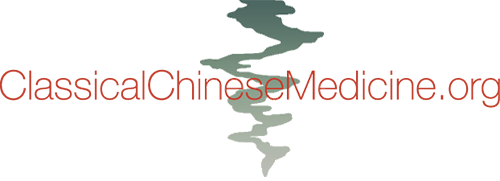Ascending and Descending in Herbal Medicine: An Interview with Heiner Fruehauf, PhD
WITH HEINER FRUEHAUF
INTERVIEW BY BOB QUINN
Heiner Fruehauf sat down recently with his long-time student and colleague at National University of Natural Medicine, Bob Quinn, to discuss ascending and descending functions in the body. While on the surface a seemingly simple topic, it is in reality crucial to understand the up-down movement dynamic if one is to practice herbal medicine effectively.
